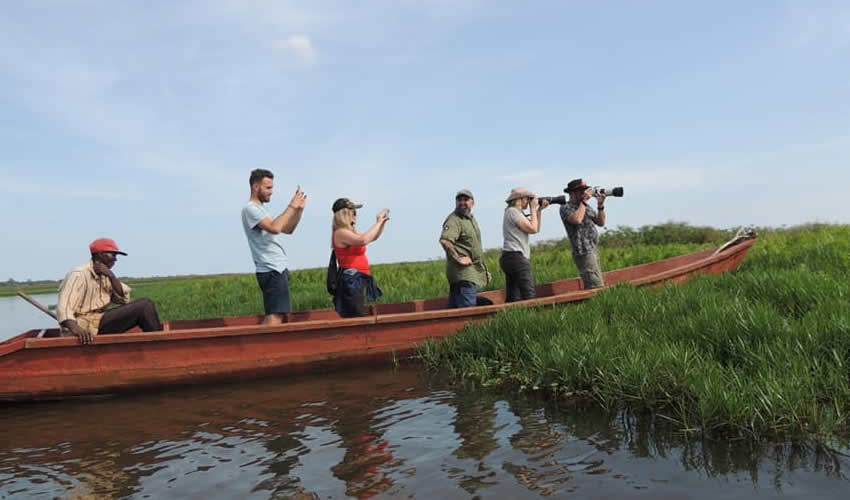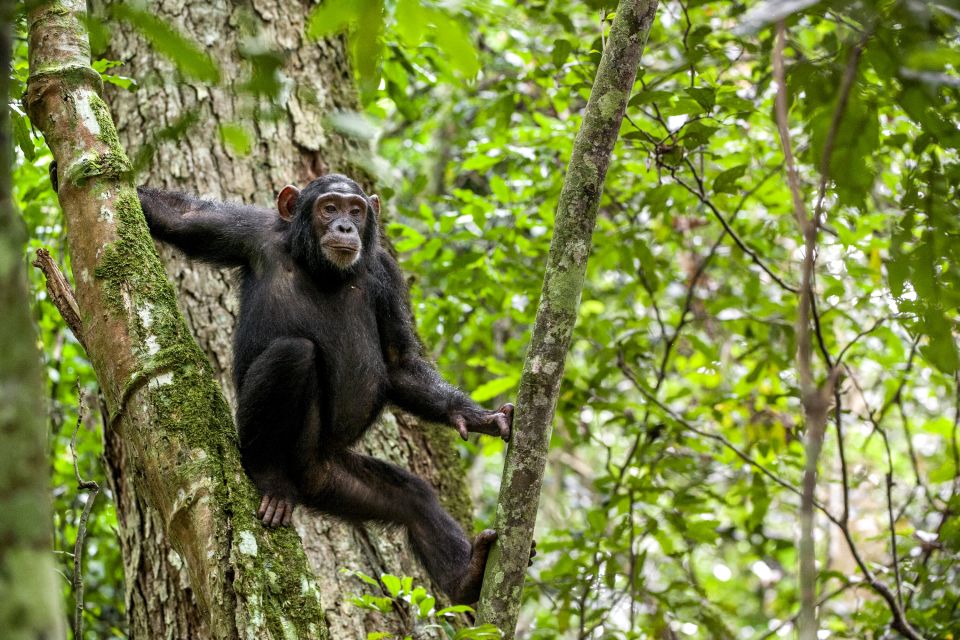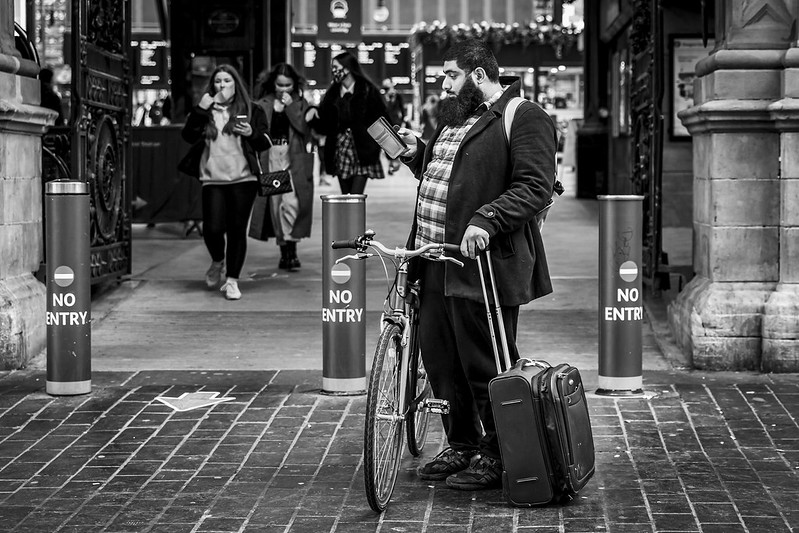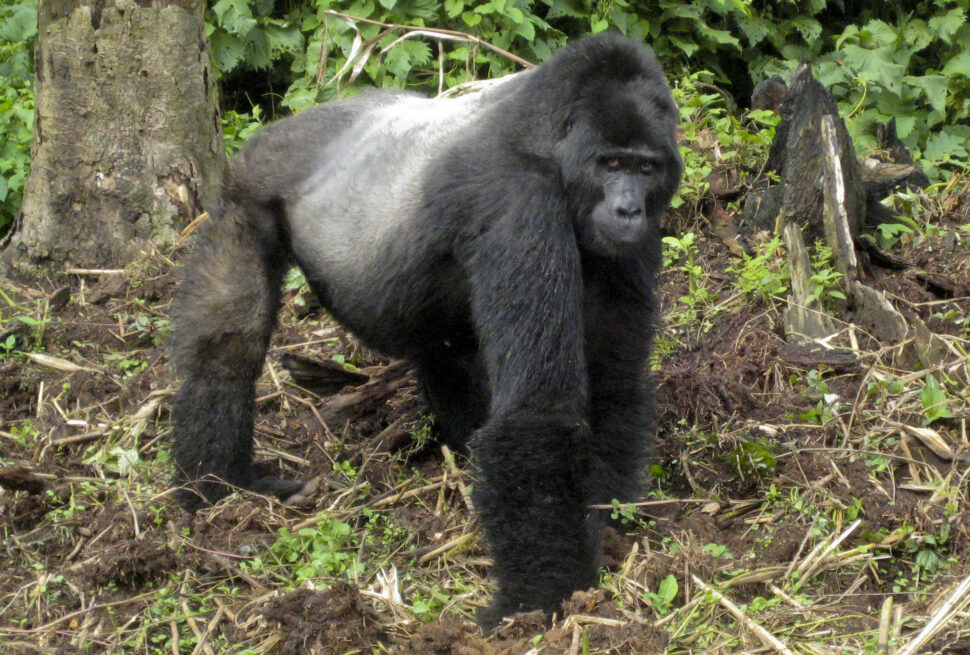Uganda being a small country, Mabamba wetland makes you realize how blessed Uganda is by nature. The name of the wetland Mabamba means “lungfish swamp” which is one the important bird spotting areas while on a Uganda safari. Uganda is one of the best bird spotting destinations in the world, Mabamba wetland contributes to this since it has many varieties of different bird species. Mabamba Wetland is located on the northern shore of Lake Victoria about 12km west of Entebbe.
Being the largest wetland in Uganda, it is a virtual habitat for various bird species including the shoebill stork which is an outstanding bird watched by most tourists. Other bird species include yellow-backed weaver, yellow-rumped tinker bird, yellow-throated Greenbul, wood winged warbler, to mention but a few. As you continue reading, most of your questions about the Mabamba swamp will be answered.
What is the main or key attraction in Mabamba wetland?
The shoe bill bird is the stand-out attraction since it is the main reason why most tourists visit the Mabamba wetland. The shoe bill is a bird with a distinctive shoe-shaped bill with 43-45 inches tall (110-140cm) and about 7-9 pounds (3.2-4kgs). Shoe bills have grey-blue feathers with a white belly and black feathers on the wings and tail.
Shoebills are found in tropical East Africa starting from Uganda to Zambia, in Uganda, they can be spotted in Mabamba Wetland, Murchison Falls National Park, Queen Elizabeth National Park (Ishasha sector), Lake Mburo National Park, etc. Shoe bills are solitary and secretive birds found alone, they are always active in the night and feed on fish, frogs, and small aquatic animals.
Shoebills are monogamous since they form pairs during the breeding season, their nests are built on platforms of vegetation in shallow water. Female shoebills lay 1-3 eggs which are incubated for approximately 30 days, both parents care for the young one once they hatch which fledge at around 60-70 days old. Shoe bills were also listed as vulnerable on the red list of the IUCN since they have many threats which include habitat loss etc.
What are the other activities done at Mabamba Wetland apart from shoebill spotting?
Apart from shoebills, the swamp is blessed with many other activities that a tourist may take part in. They include among others but are not limited to the following;
Butterfly watching; though birding is the main reason for visiting Mabamba wetland, over 200 butterfly species are found in this area that can be spotted all around. The most common species are the Bicyclus debates, Acraea organizes, Acraea auricle Abisaraneavei, etc. In other words, one should keep his or her eyes open at all times so that you do not miss these eye-catching creatures.
Spot fishing; Being swamp fishing was the main activity that was carried out by fishermen who used to catch different types of fish like Nile perch, tilapia, mudfish, etc. Around the swamp, many fishermen are carrying out fishing as an economic activity. Fishermen can be viewed from afar or one can join them at a particular fee and permission from the guide for spot fishing which is fun.
Spotting Sitatunga antelope; The Mabamba swamp is an important sanctuary for sitatunga antelopes since they are under the threat of extinction. The number of the sitatunga has greatly reduced due to the uncontrolled poaching by the villagers around the swamp. Poachers make the catching of the sitatunga easy by burning down their hide-out places. Since the rate of tourists who visit Mabamba swamp is very high, this has given the swamp the light that the government of Uganda and other environment organizations have come out to protect the swamp and all the animals and birds through sensitization.
Canoeing; Canoeing for long hours is also one of the activities that can be done on Mabamba swamp to spot more birds, Sitatunga antelopes, more butterflies, you can also view people fishing or practice spot fishing during the long hours of sailing on the swamp. This activity should be done while putting on a life jacket, if you do not have one you should ask for it from your guide.
Village walks and visiting craft shops; In addition, also village walks can be done when you get off the boat and you get the opportunity to interact with the local people plus get to know their lifestyle. Most families around the swamp practice subsistence farming which provides them with food after that you can also visit one or two craft shops and get crafts. These are mostly made from raw materials from the swamp.
Visiting other spots in Entebbe; Since the swamp is located near Entebbe town after the shoe bill spotting, you can go ahead and tour the town including the Uganda Wildlife Education Center (UWEC) where you will get to see various animals such as lion, crocodiles, monkeys, snakes, etc.
How do I reach Mabamba Wetland?
Mabamba wetland can be accessed both from Kampala and Entebbe airports. One could choose to use either water or road transport that is if from Entebbe and by road from Kampala. From Entebbe, you can use the old Kampala-Entebbe road and branch off from Kisubi to Nakawuka then Kajansi from there you will be heading to Mabamba swamp. Those from Kampala can get a taxi to the Kasanje trading center where they can board a motorcycle and head to Mabamba swamp which is about 13.5km away.
What to know when going or planning to visit Mabamba Swamp in Uganda?
Birding tours in the Mabamba swamp take place for about 4 hours daily. Full-day tours can also be arranged according to the request of the tourists, the best time for seeing the shoe bill storks is in the morning since they will be out looking for food. The best period to visit is in September and March because, during these months, a lot of activities take place which include migratory birds arriving from Europe. It’s good to book your tour to Mabamba wetland a day before for good planning and a one-day birding tour in Mabamba Swamp costs $400 per person.
What to pack or carry when going for a tour or visit to Mabamba wetland?
Since this will be a new environment for most of you, you are advised to carry the following things which include a backpack, packed food in case you get hungry while still bird watching, binoculars, insect repellants, sunscreen, a rain jacket, trousers, long-sleeved shirts, and many more.




